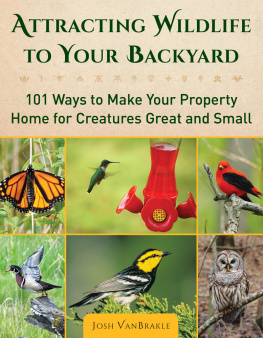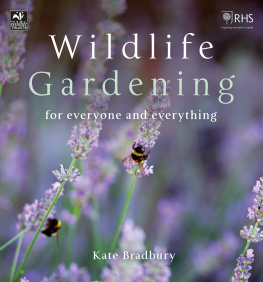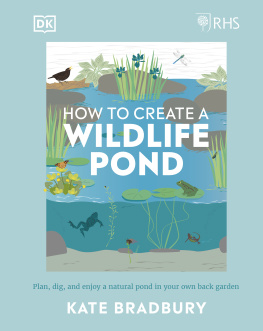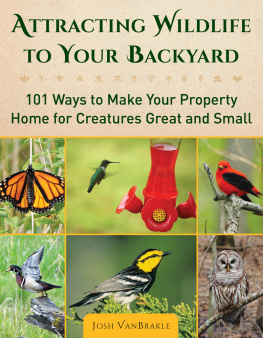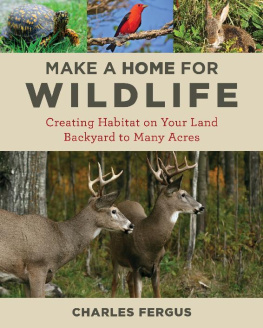
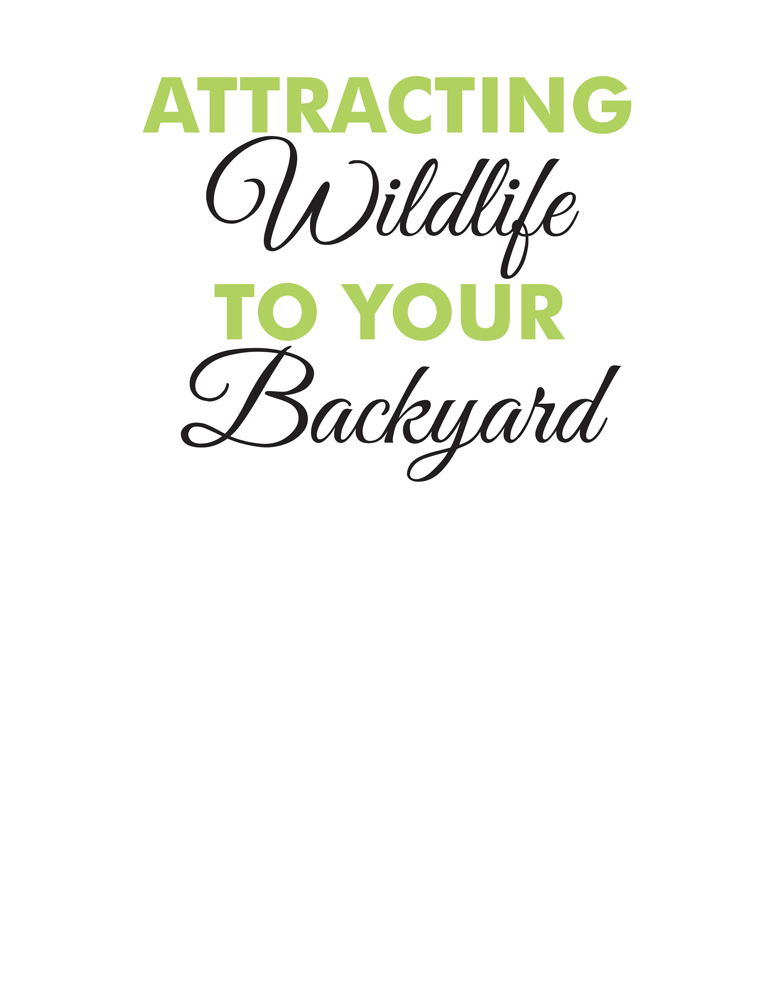
Copyright 2018 by Josh VanBrakle
All rights reserved. No part of this book may be reproduced in any manner without the express written consent of the publisher, except in the case of brief excerpts in critical reviews or articles. All inquiries should be addressed to Skyhorse Publishing, 307 West 36th Street, 11th Floor, New York, NY 10018.
Skyhorse Publishing books may be purchased in bulk at special discounts for sales promotion, corporate gifts, fund-raising, or educational purposes. Special editions can also be created to specifications. For details, contact the Special Sales Department, Skyhorse Publishing, 307 West 36th Street, 11th Floor, New York, NY 10018 or info@skyhorsepublishing.com.
Skyhorse and Skyhorse Publishing are registered trademarks of Skyhorse Publishing, Inc., a Delaware corporation.
Visit our website at www.skyhorsepublishing.com.
10 9 8 7 6 5 4 3 2 1
Library of Congress Cataloging-in-Publication Data is available on file.
Cover design by Tom Lau
Cover photo credits: top, l. to r.: Steve Maslowski, USFWS; Pixabay; NPS; bottom, l. to r.: George Gentry, USFWS; Eileen Hornbaker, USFWS; Mark Musselman, National Audobon Society, USFWS.
Print ISBN: 978-1-5107-2848-6
Ebook ISBN: 978-1-5107-2849-3
Printed in China
CONTENTS
DISCLAIMER
A lways maintain a healthy respect for wild animals. Wildlife can be dangerous if provoked. Do not attempt to approach, touch, or hand-feed any wild animal.
There is inherent risk in any outdoor activity. Be sure you have the necessary skills and safety equipment before engaging in any potentially hazardous outdoor activity. Consult your doctor before engaging in any outdoor exercise.
If you have young children, exercise extreme caution with outdoor water features like streams and ponds. Young children should never be left unsupervised near water of any depth. If children are able to access the water area, fence or gate it off.
All uncredited photos were taken by the author.
Throughout this book, company and product names are included with project ideas. These are for example only and do not imply endorsement from either the author or the publisher.
This book contains links to websites that provide additional resources. Although these links were live at the time of writing, websites change often, and you may encounter dead links.
ACKNOWLEDGMENTS
W riting a book is an enormous undertaking. It involves years of research, drafting, and editing. There are many points along the way where I thought about giving up, wondering if the hard work was really worth it. Fortunately, I have a lot of great people around me who saw the value in me and in this book. Thanks to their dedicated efforts, Im happy to bring this book to you.
First, I want to thank my coworkers at the Watershed Agricultural Councils Forestry Program. When other people told me this book was impossible, you encouraged me to keep going. Your ideas, feedback, and enthusiasm got me through this project.
I also want to thank Shannon Delany, author of the 13 to Life series and the Weather Witch series. Shannon was the person who first introduced me to writing professionally through an excellent series of workshops in 2011. If I hadnt stumbled upon her classes, this book would never exist. Shannon, thank you for your ongoing advice and friendship.
Other authors have also mentored me along the way: Ginger Strand, John Elder, and Rowan Jacobsen. Thank you all for your advice on improving my craft. I strive everyday to write a little better so that someday I might write as well as you all do.
Many thanks go to my agent, Jennifer Unter, who fought tirelessly on behalf of this book. Jennifer, thank you for your guidance in navigating the world of publishing.
Thanks also go out to the team at Skyhorse Publishing, including my editors Jay Cassell and Ronnie Alvarado. Your feedback improved this book a lot. Thank you both for believing in this book and helping property owners everywhere aid wildlife on their land.
Finally, I want to thank my father, who inspired my love of nature and wildlife through countless childhood camping trips. Dad, I dedicate this book to you. I love you and miss you more every day.
1
PRIVATE LANDOWNERS
AND WILDLIFE: A VITAL
CONNECTION
I am only one, but I am one. I cannot do everything, but I can do something. And because I cannot do everything, I will not refuse to do the something that I can do.
Edward Everett Hale
A s a forester, you know youre in for an adventure when the first thing a landowner says to you is, So have you heard about my psychotic deer behavior?
That was Dans question to me on the cold March morning I drove to his familys land in the Catskill Mountains of upstate New York. I had gone there to write an article about wildlife food plots, a subject the retired New Jersey police officer is a master of. Dan has them scattered all around his property, especially in former hayfields. In total he has thirty-six acres of them, all planted with nutritious deer foods like clover, turnips, and brassica. He adds a new food plot almost every year, usually about an acre in size.
Dans latest project is located on a ridgetop that lost its trees to a forest tent caterpillar outbreak. On the day of my visit, Dan was removing the dead trees. Over the next few months he would disk the soil, mix in several tons of lime and hundreds of pounds of fertilizer, and plant a mix of clover and brassica.

Landowners like you can make a difference for wildlife because together you own most of the places where wildlife make their homes. This father and son duo are helping wildlife by planting California coffeeberry, a native shrub in the US Southwest. Its fruit and leaves provide food for mule deer, black bears, and many species of birds. Photo credit: National Park Service
On two visits later that year, I saw the results of that work. A new crop of wildlife food had turned this once-barren hilltop a vibrant green.
Dans justifiably proud of his workand protective of it. He asked me not to identify where his property is, and to use only his first name. He doesnt want poachers to find out about his land.
I understand his concern. On my two-hour March tour alone we saw a dozen deer, more than Id seen the whole previous winter. They werent scrawny, either. They were the largest, healthiest whitetails Ive seen in the Catskills, and my visit occurred during a month when most deer are thin and hungry after scraping through the winter.
Even with all those deer, Dans woods are in better shape than many Ive visited. Its easy for deer to eat themselves out of house and home, damaging native plants and harming other wildlife in the process. On Dans property, though, tree seedlings and waist-high blackberry bushes are abundant.
As Dan showed me his property, I realized his self-described psychotic behavior isnt just about deer. At one point we drove past an area of dense spruce trees. Dan planted them twenty-five years ago, intending to sell them as Christmas trees. But he abandoned that plan when he realized the trees could shelter snowshoe hare.
Next page
